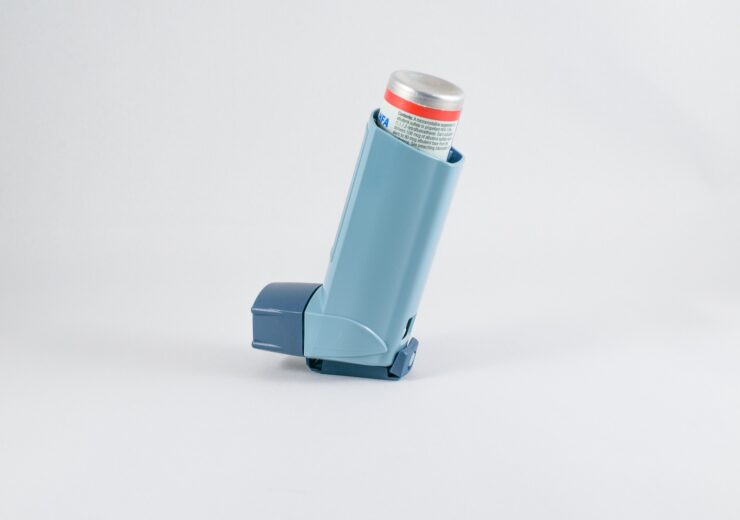AstraZeneca will incorporate Honeywell's Solstice Air technology, which is being evaluated as a medicinal propellant

Honeywell has inaugurated its first large-scale manufacturing plant for Solstice Air medical propellant in Baton Rouge, Louisiana. (Credit: Bob Williams from Pixabay)
Honeywell has inaugurated its first large-scale manufacturing plant for Solstice Air (HFO-1234ze(E) cGMP) medical propellant in Baton Rouge, Louisiana, for use in AstraZeneca’s respiratory inhalers.
Solstice Air is said to be a non-flammable, near-zero global-warming-potential (GWP), non-ozone-depleting, volatile organic compound (VOC)-exempt propellant, which is currently in clinical development for pressurised metered-dose inhalers (pMDIs).
AstraZeneca will incorporate Honeywell’s Solstice Air technology, which is being tested as a medicinal propellant. Solstice Air is claimed to have up to 99.9% less GWP than existing propellants that are used in inhaled respiratory medicines.
According to AstraZeneca, its triple-combination therapy Breztri Aerosphere (budesonide/ glycopyrronium/ formoterol fumarate) will be the first medication to switch to the next-generation propellant, subject to regulatory approval. It will be followed by the rest of its pMDI portfolio.
AstraZeneca global respiratory and immunology senior vice president Pablo Panella said: “AstraZeneca’s commercial partnership with Honeywell is an excellent example of a true commitment to advancing healthcare innovation to improve outcomes both for patients and the planet.
“Through close collaboration and extensive knowledge sharing between our two companies, we are committed to bringing the next generation of inhaled medicines with near-zero GWP propellant to patients.
“Honeywell’s ability to escalate the production of Solstice Air at their new manufacturing site will help enable us to move quickly on this ambition once regulatory approval is achieved.”
Honeywell said that the Solstice product line can lower customers’ greenhouse gas emissions and boost energy efficiency without compromising on end-product performance. The firm is said to have invested over a billion dollars in research, development, and new capacity for the Solstice technology.
Honeywell advanced materials president Ken West said: “The opening of this plant in Baton Rouge is Honeywell’s first site to produce medical grade propellant and our continued work with AstraZeneca offers a critical moment to highlight how Honeywell’s Solstice technology plays an important role in helping the pharmaceutical industry meet its sustainability goals while supporting essential care for respiratory patients worldwide.”
The company recently revealed a new set of commitments aimed at advancing its sustainability goals further and becoming carbon neutral by 2035.
